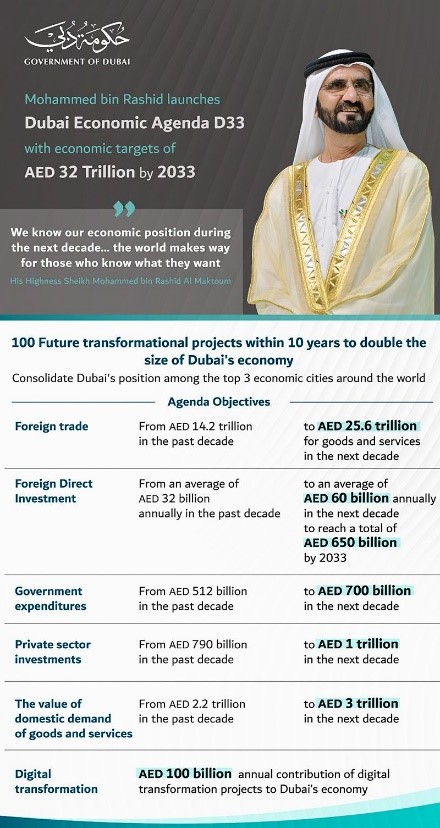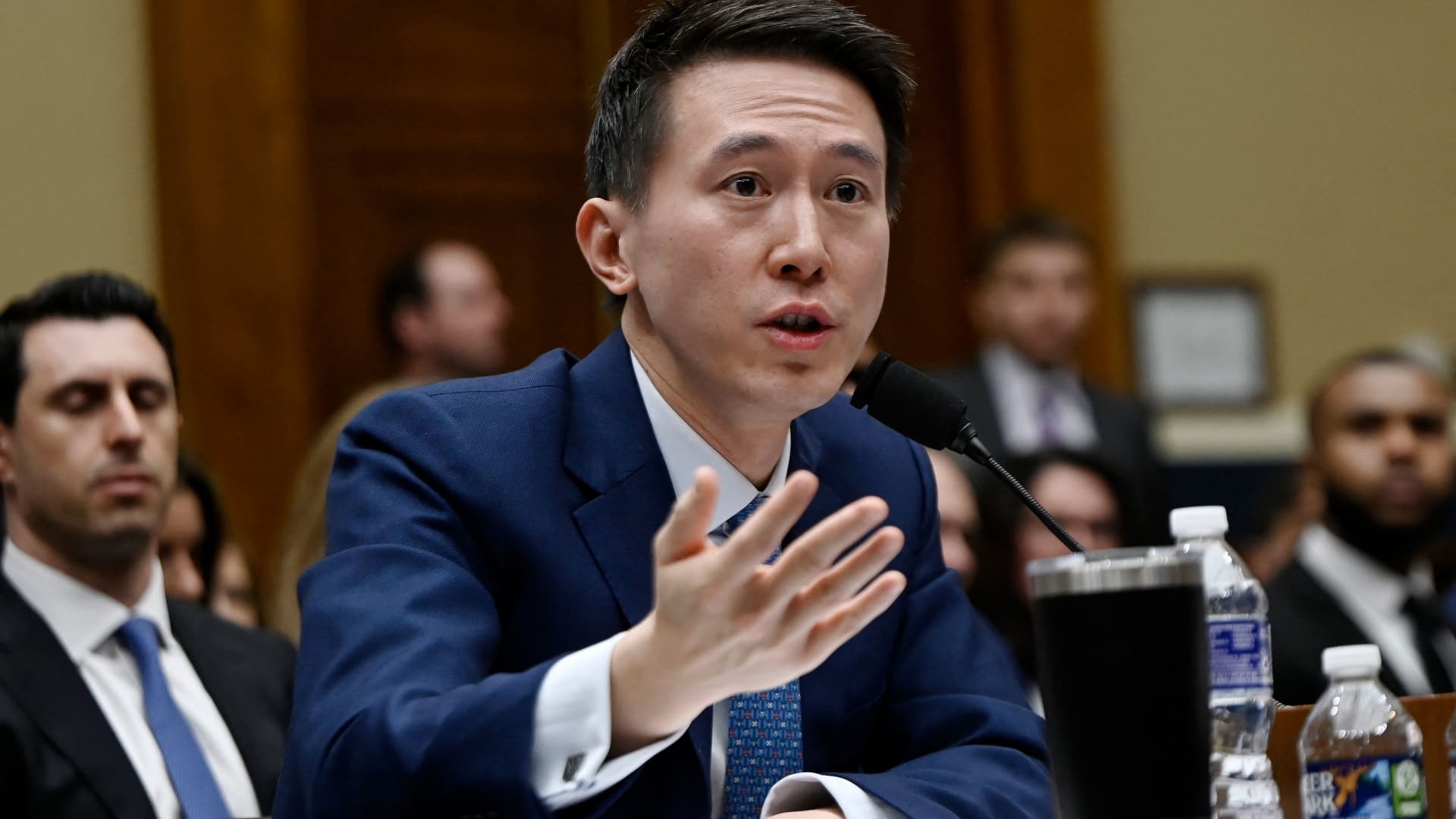Trump's Economic Agenda: Who Pays The Price?

Table of Contents
The Winners Under Trump's Economic Agenda
Corporate Tax Cuts and the Rise of Corporate Profits
The Tax Cuts and Jobs Act of 2017, a cornerstone of Trump's economic agenda, slashed the corporate tax rate from 35% to 21%. This dramatic reduction fueled significant growth in corporate profits. Data from the Bureau of Economic Analysis shows a notable surge in after-tax corporate profits during the Trump administration. This translated into increased shareholder wealth, reflected in a robust stock market performance throughout much of this period.
- Examples of significant beneficiaries: Tech giants like Apple and Amazon, along with numerous Fortune 500 companies, saw their profits soar.
- Criticisms: Despite claims that the tax cuts would stimulate investment and job creation, critics point to a lack of substantial increases in business investment and wages for many workers, suggesting that much of the benefit accrued to shareholders rather than being reinvested in the economy.
Deregulation and its Impact on Specific Industries
The Trump administration pursued an aggressive deregulation agenda, targeting sectors like energy and finance. This led to short-term economic benefits in certain areas. For example, reduced environmental regulations facilitated increased energy production, potentially lowering costs for consumers. Similarly, loosened financial regulations may have stimulated lending and investment.
- Examples of deregulation: Rollbacks of environmental protection regulations, easing of restrictions on the financial industry.
- Long-term consequences: However, these short-term gains came at a potential long-term cost. Reduced environmental regulations contributed to increased pollution and climate change risks, while deregulation in the financial sector raised concerns about potential future financial instability.
The Losers Under Trump's Economic Agenda
The Impact of Trade Wars on American Workers and Businesses
Trump's protectionist trade policies, marked by the imposition of tariffs on goods from China and other countries, significantly impacted American workers and businesses. While the administration aimed to protect domestic industries, the resulting trade wars led to retaliatory tariffs, hurting various sectors.
- Industries significantly hurt by tariffs: The agricultural sector, particularly farmers reliant on export markets, faced substantial losses. Manufacturing industries also suffered from increased input costs and reduced competitiveness.
- Job losses and business closures: The tariffs contributed to job losses and business closures in several states, leading to economic hardship in affected communities. Data from the US Department of Commerce illustrates the negative economic consequences in specific regions heavily reliant on affected industries.
The Growing Wealth Inequality Under Trump's Presidency
Data indicates a widening gap between the rich and the poor during the Trump years. The substantial tax cuts disproportionately benefited high-income earners and corporations, exacerbating existing wealth inequality. The combination of tax cuts and deregulation likely contributed to increased wealth concentration at the top.
- Statistics on income inequality: Studies show a widening gap in income and wealth distribution, with the top 1% accumulating a disproportionate share of the nation's wealth.
- Long-term societal impacts: This growing inequality has significant social and political implications, potentially leading to social unrest and political polarization.
Environmental Regulations Rollback and its Consequences
The Trump administration's weakening of environmental regulations had significant environmental and economic consequences. The rollback of regulations aimed at protecting air and water quality, as well as combating climate change, led to increased pollution and environmental damage.
- Examples of weakened regulations: Relaxing emission standards for vehicles and power plants, weakening protections for clean water and endangered species.
- Costs associated with environmental damage: The long-term costs associated with environmental damage, such as healthcare expenses related to air pollution and the economic consequences of climate change, are substantial and far-reaching.
Conclusion
Trump's economic agenda produced a mixed legacy. While corporate profits soared and the stock market experienced growth, these gains were not universally shared. The trade wars resulted in economic hardship for many American workers and businesses, and wealth inequality increased significantly. The weakening of environmental regulations also posed long-term risks to the environment and the economy. Analyzing Trump’s economic legacy requires a nuanced understanding of both the winners and losers, the short-term gains and the long-term consequences. To fully understand the impact of Trump's economic policies, further investigation is crucial. Analyze Trump’s economic legacy and its lasting impact to better grasp the complexities of these far-reaching decisions. Understand the full impact of Trump’s economic policies and further investigate the distributional effects of Trump's economic agenda to inform future policy debates.

Featured Posts
-
 Strained Ties Analyzing The Breakdown In U S China Relations And The Risk Of Cold War
Apr 22, 2025
Strained Ties Analyzing The Breakdown In U S China Relations And The Risk Of Cold War
Apr 22, 2025 -
 Ray Epps Vs Fox News A Deep Dive Into The Jan 6th Defamation Lawsuit
Apr 22, 2025
Ray Epps Vs Fox News A Deep Dive Into The Jan 6th Defamation Lawsuit
Apr 22, 2025 -
 Analysis Of Tik Toks Influence On Trump Tariff Compliance
Apr 22, 2025
Analysis Of Tik Toks Influence On Trump Tariff Compliance
Apr 22, 2025 -
 E Bay Faces Legal Reckoning Section 230 And The Sale Of Banned Chemicals
Apr 22, 2025
E Bay Faces Legal Reckoning Section 230 And The Sale Of Banned Chemicals
Apr 22, 2025 -
 Aramco And Byd Joint Venture Exploring The Future Of Electric Vehicles
Apr 22, 2025
Aramco And Byd Joint Venture Exploring The Future Of Electric Vehicles
Apr 22, 2025
